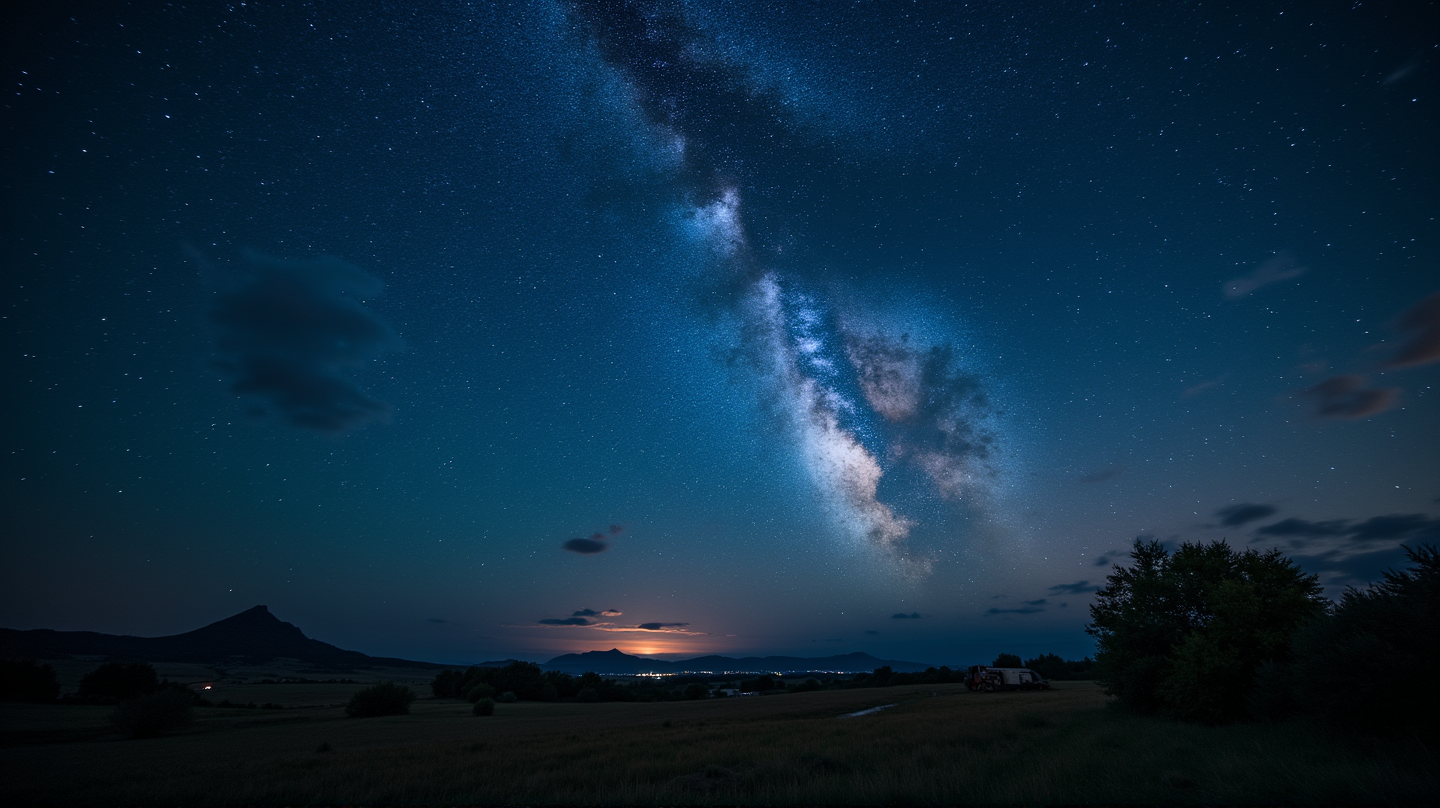Unlock the Night Sky: A Comprehensive Guide to 2025’s Meteor Showers

The celestial dance of the cosmos invites us to gaze upwards and witness the ethereal beauty of meteor showers. In 2025, the night sky is set to dazzle with an array of shooting stars that promise to captivate stargazers across the globe. Whether you’re a seasoned astronomer or a casual observer, this guide is your key to unlocking the wonders of 2025’s meteor showers.
1. The Lyrid Meteor Shower – April’s Celestial Delight
April opens the gateway to 2025’s meteor showers with the Lyrids. Known for their fast and bright meteors, the Lyrids will peak around April 21-22. As the Earth passes through the debris left by comet C/1861 G1 Thatcher, about 10-20 meteors per hour will streak across the night sky. For the best viewing experience, find a dark spot away from city lights and allow your eyes to adjust to the darkness.
2. Perseid Meteor Shower – The Summer Spectacle
Just when the summer nights have settled in, August brings the stunning Perseid meteor shower. Originating from the Swift-Tuttle comet, the Perseids are famous for their high rate of meteors and occasional fireballs. The peak, expected around August 11-12, could see up to 100 meteors per hour lighting up the sky. To fully enjoy this astronomical phenomenon, lay back with a comfortable blanket and let the Perseids put on a stellar show.
3. Orionids – Enduring Beauty in October
The Orionid meteor shower, derived from Halley’s Comet, graces the skies in mid-October. These meteors will be most visible around October 20-21, providing a slower but still beautiful display of celestial artistry. With an average rate of about 20 meteors per hour, the Orionids are best enjoyed under clear, dark skies. As the fragments blaze through Earth’s atmosphere, they remind us of the deep cosmic connections we share.
4. Geminids – December’s Meteor Extravaganza
The Geminid meteor shower concludes the year’s celestial artistry in December. Known for their multi-colored meteors, the Geminids will peak around December 13-14, offering a spectacular display that can produce up to 150 meteors per hour. This shower originates from the rocky asteroid 3200 Phaethon, providing a unique and prolific night sky spectacle. Bundle up for the cold, and prepare to be awed by one of the finest meteor displays of the year.
Viewing Tips and Tricks
To make the most of these awe-inspiring events, plan your stargazing adventure during nights with minimal moonlight and clear skies. Meteor showers are best viewed in areas with dark, unobstructed views of the sky. According to www.scimag.news, familiarizing yourself with the radiant—the point in the sky from which the meteors appear to originate—can enhance your viewing experience. Patience and a sense of wonder are your best companions in this celestial journey.
A Galactic Invitation
As stated in www.scimag.news, each meteor shower is a spectacular opportunity to connect with the universe and experience the vastness of space. Whether you’re alone or sharing the moment with others, these cosmic performances are a refreshing escape from the mundane, reminding us of the magnificent mysteries beyond our planet.
With this guide in hand, prepare to unlock the night sky and be mesmerized by 2025’s meteor showers. Each one offers a unique display, showcasing the ever-changing beauty of our cosmos. Keep looking up—there’s an entire universe waiting to be discovered.

